7 Secrets to Mastering Italian Herbs Seasoning Like a Nonna
Table of Contents
- A Little Spice, A Lot of Soul
- What Is Italian Herbs Seasoning Anyway?
- The Holy Trinity (Plus a Few More Friends)
- Fresh vs. Dried: The Eternal Debate
- Herb Pairings That Will Make You Say 'Mamma Mia!'
- DIY Italian Herb Blends for Every Mood
- Pro Cooking Tips for Herb-Tastic Dishes
- Putting an International Spin on Italian Flavors
- How to Store Your Herbs Without Turning Them Into Dust
- Final Thoughts: Herbs Are the Real MVP of the Mediterranean
A Little Spice, A Lot of Soul
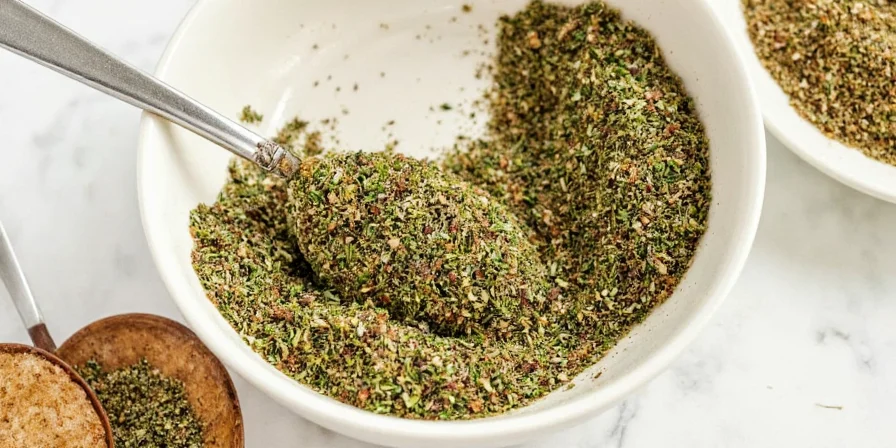
If you’ve ever tasted real Italian food, you know it’s not just about pasta and cheese—it’s about layers of flavor that dance on your tongue like a tarantella at a village festival. And guess what? Those flavors come mostly from one thing: Italian herbs seasoning. Whether it's in your Sunday sauce or sprinkled over crusty bread with olive oil, these herbs are the unsung heroes of Mediterranean cuisine.
What Is Italian Herbs Seasoning Anyway?
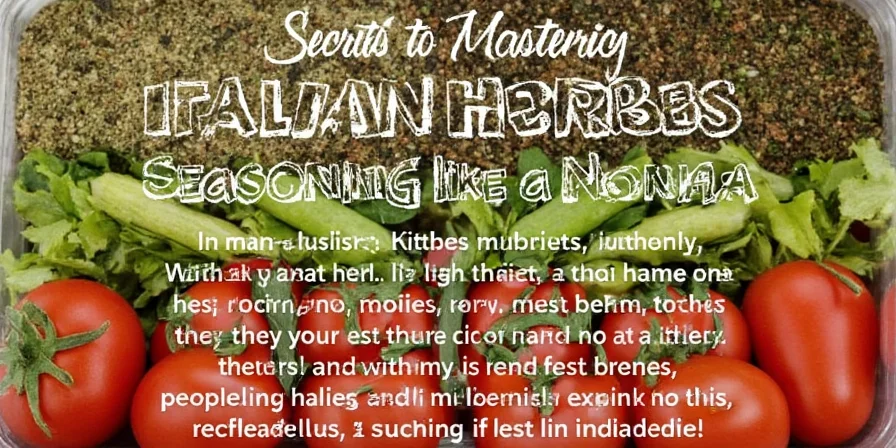
You might think “Italian herbs” is just a fancy label on a supermarket spice jar—but oh, there’s more to it! True Italian herbs seasoning is less of a fixed recipe and more of a vibe. It changes depending on where you are in Italy:
| Region | Prominent Herbs | Signature Dishes |
|---|---|---|
| Naples | Oregano, Basil, Garlic | Tomato sauces, pizza Margherita |
| Tuscany | Rosemary, Sage, Thyme | Bean soups, grilled meats |
| Sicily | Basil, Oregano, Fennel Pollen | Seafood dishes, caponata |
| Lombardy | Marjoram, Parsley, Bay Leaf | Cheese risottos, polenta |
The Holy Trinity (Plus a Few More Friends)
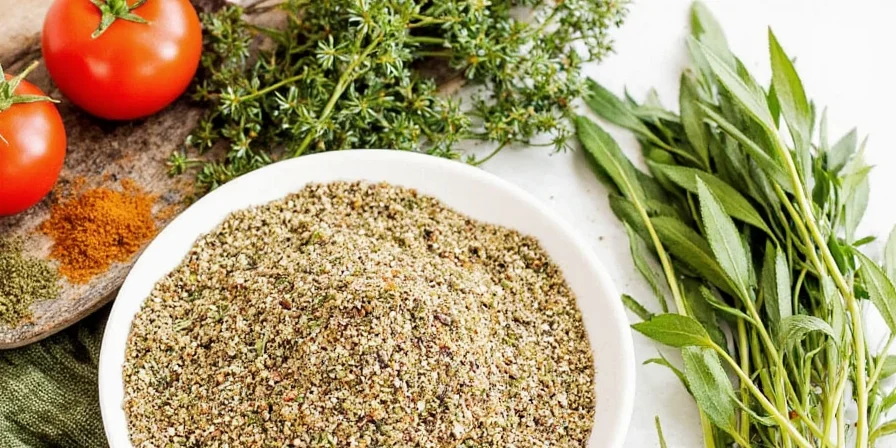
Every great Italian dish has its own secret ingredient lineup. Here’s the all-star cast of Italian herbs:
- Basil: The green jewel of Genoa. Best used fresh—like literally picked 5 minutes ago.
- Oregano: The soul of southern Italy. Adds earthy warmth to tomato-based dishes.
- Rosemary: Bold, piney, and best friends with lamb and roasted potatoes.
- Thyme: Subtle but mighty. Perfect for stews and marinades.
- Marjoram: Like oregano’s chill cousin who shows up at family dinners.
- Parsley: Not just for garnish! Freshens up everything from soups to pastas.
- Sage: Pairs perfectly with butter, pumpkin, and creamy polenta.
Fresh vs. Dried: The Eternal Debate
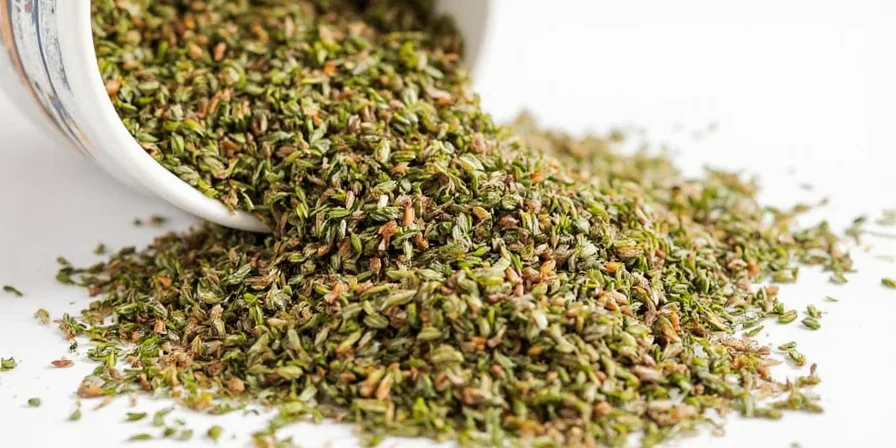
Here’s the truth: It depends. There’s no one-size-fits-all answer when it comes to using fresh or dried herbs. But here’s a cheat sheet:
- Use fresh herbs for finishing touches, salads, pesto, or any dish served cold or at room temperature. Think basil on bruschetta or parsley in salsa verde.
- Use dried herbs for long-cooked dishes like soups, stews, and sauces. Drying intensifies the flavor, which holds up well during cooking.
💡 Pro Tip: If substituting, remember the 3:1 rule: Use 1 teaspoon of dried herbs for every 1 tablespoon of fresh.
Herb Pairings That Will Make You Say 'Mamma Mia!'
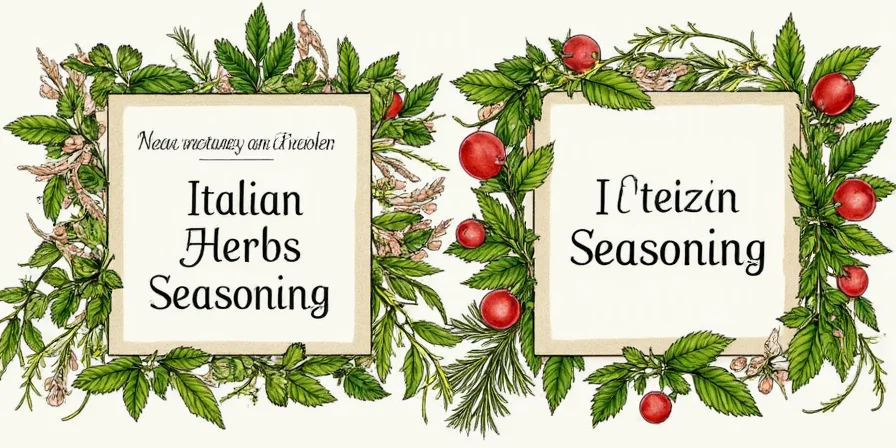
Want to level up your herb game? Try these killer combinations:
- Basil + Tomato + Mozzarella: Classic Caprese combo. No explanation needed.
- Oregano + Olive Oil + Lemon: Zesty magic for grilled fish or focaccia.
- Rosemary + Garlic + Sea Salt: The ultimate trio for crispy potatoes or flatbread.
- Thyme + Lemon + Chicken: Cozy vibes for Sunday roasts or hearty soups.
- Parsley + Mint + Cucumber: Refreshing summer salad base or tzatziki hack.
DIY Italian Herb Blends for Every Mood
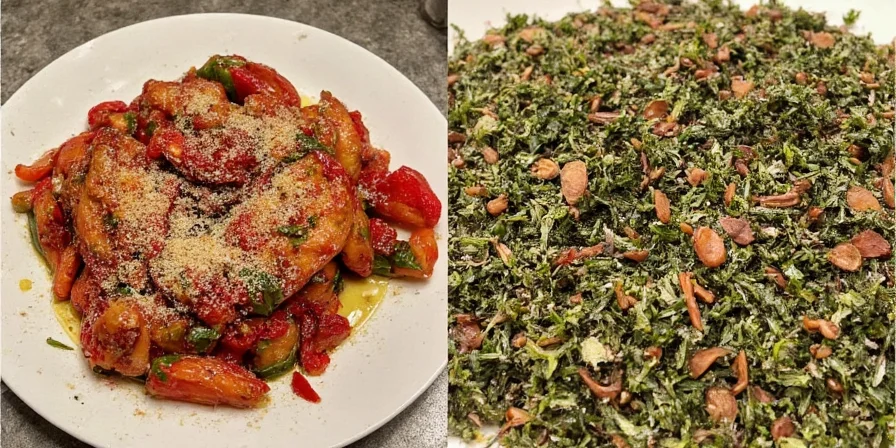
Why buy generic mixes when you can make your own? Here are some easy-to-make custom blends:
Classic Italian Blend
- 2 tbsp dried oregano
- 1 tbsp dried basil
- 1 tbsp dried thyme
- 1 tsp marjoram
- 1 tsp rosemary (crushed finely)
Perfect for marinara, pizza, or anything needing that classic Italian touch.
Herby Heaven (For Grilling)
- 3 tbsp rosemary
- 1 tbsp sage
- 1 tbsp thyme
- 1 tbsp fennel seeds (lightly crushed)
Mix with olive oil and slather on ribs, chops, or veggies before grilling.
Sunny Sicilian Blend
- 2 tbsp oregano
- 1 tbsp basil
- 1 tbsp lemon zest (dried)
- ½ tsp chili flakes
Great on seafood, pasta, or drizzled olive oil over crostini.
Pro Cooking Tips for Herb-Tastic Dishes

Now that you’ve got the basics down, let’s talk technique:
- Add herbs at the right time: For best flavor, add fresh herbs near the end of cooking. Add dried herbs early so they can bloom in oil or liquid.
- Toasting = Flavor Boost: Lightly toast dried herbs in a dry pan before use to wake up their aromatics. Just don’t burn them!
- Infuse oils and vinegars: Make your own herb-infused olive oil or vinegar. Use rosemary, thyme, or oregano. Store in dark bottles for a few weeks.
- Create compound butter: Mix softened butter with chopped fresh herbs, garlic, and lemon zest. Spread on steak, pasta, or cornbread for instant gourmet vibes.
- Dry your own herbs: Hang bundles in a cool, dry place or dehydrate them. Once fully dry, store in air-tight containers away from light.
Putting an International Spin on Italian Flavors
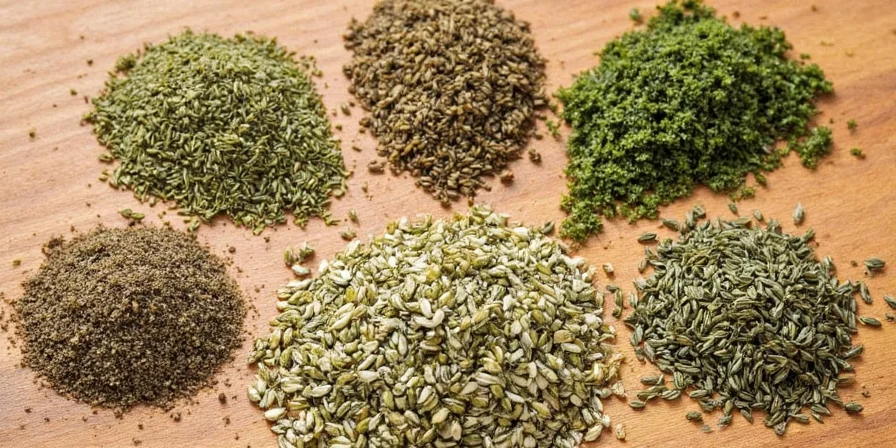
Italian herbs aren't stuck in Tuscany—they play well with global flavors too!
- Mediterranean Fusion: Add Italian herbs to hummus or shakshuka for a subtle European twist.
- Asian Twist: Infuse Thai curry with basil and lemongrass—it's a match made in heaven.
- Mexican Upgrade: Sprinkle oregano into tacos or mole sauce for deeper complexity.
- African Influence: Mix rosemary into tagines or rubs for North African-style grilled meats.
How to Store Your Herbs Without Turning Them Into Dust
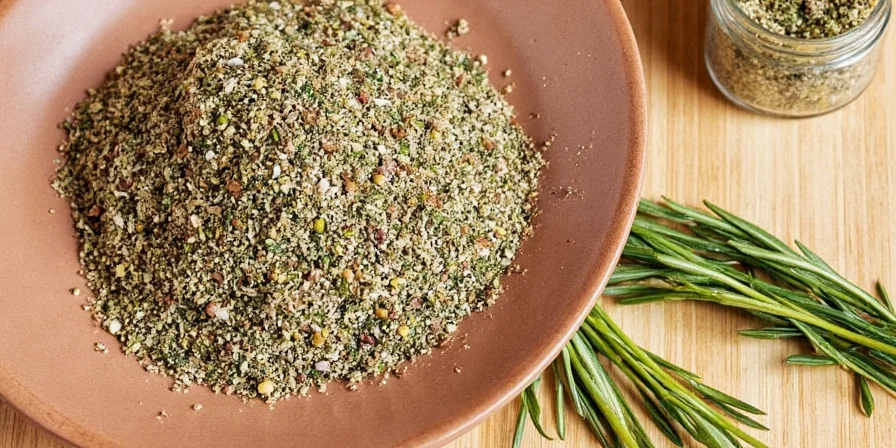
Proper storage = longer shelf life and better flavor. Here’s how to keep those herbs fresh and fragrant:
- Fresh Herbs:
- Wrap in a damp paper towel and store in a plastic bag in the fridge.
- Place in a glass of water like a bouquet—works great for basil, mint, and parsley.
- Dried Herbs:
- Store in air-tight containers in a cool, dark place.
- Aim for a shelf life of 1–3 years for optimal potency.
- Freeze for Future Use:
- Chop fresh herbs and freeze in ice cube trays with water or oil.
- Perfect for quick additions to soups, sauces, and sautés.
Final Thoughts: Herbs Are the Real MVP of the Mediterranean
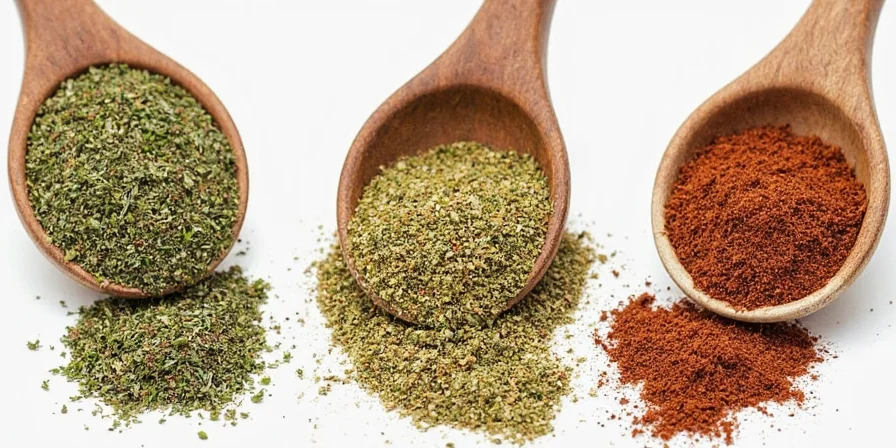
Italian herbs seasoning isn’t just about adding flavor—it’s about bringing history, culture, and soul to your kitchen. From basil-studded pastas to rosemary-laced roasts, these herbs are the key to turning simple ingredients into unforgettable meals.
So go ahead—experiment, blend, sprinkle, and most importantly… cook with love. Because as any Italian Nonna will tell you: “Con amore, ogni cosa diventa buona.” (With love, everything becomes good.)

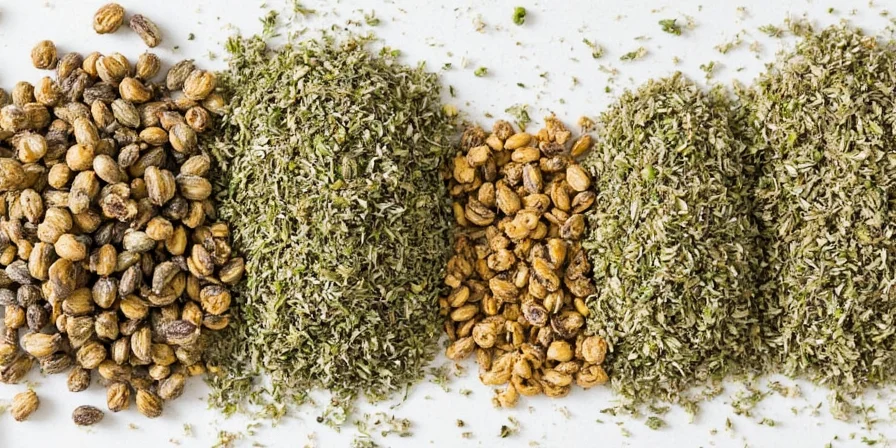









 浙公网安备
33010002000092号
浙公网安备
33010002000092号 浙B2-20120091-4
浙B2-20120091-4